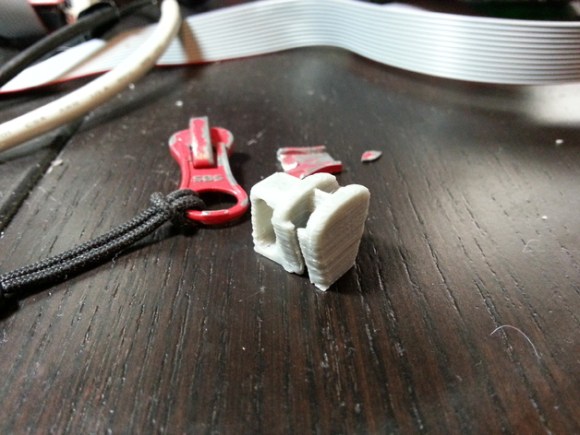
When looking for a remote control for your next project, you might want to look in your living room. Wii controllers are a hacker’s favorite, but wagging an electronic wand around isn’t the greatest for remote control planes, cars, tanks, and multicopters. What you need for this is dual analog controls, something every playstation since the 90s has included.
[Marcel] created a replacement electronics board for the Sony DualShock 3 controller for just this purpose. With this board, an XBee, and an old controller, it’s easy to add dual analog control and a whole lot of buttons to any project using an XBee receiver.
The replacement board is based on the ATMega328p uC, includes a Lipo charge circuit and power supply, and inputs for the analog sticks and all the button boards inside the DualShock controller.
Yes, we have seen an earlier version of [Marcel]’s project before, but this time he’s added a few new features – the rumble now works and thanks to multiple people unable or unwilling to spin a few boards, [Marcel] has put up an Indiegogo campaign.
Video below.
Continue reading “Remote Control Anything With A PS3 Controller”

















